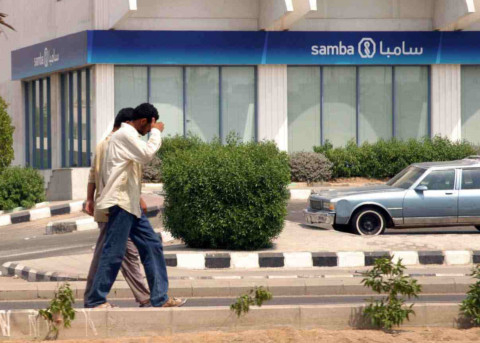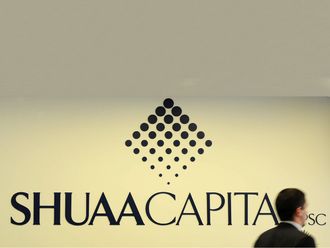
Dubai: Low government debt levels and sizable reserves indicate that the Saudi economy, and, by extension, the banking system, will continue to benefit from expansionary fiscal policy, Moody’s Investors Service said in a recent assessment of Saudi Arabia’s banking system that
our outlook for the Saudi Arabian banking system is stable, driven by high government spending and robust domestic consumption, our expectation of continued low problem loan levels, the banks’ strong loss-absorption capacity in the form of high capital buffers and stable internal capital generation, and the benefits of low-cost deposit-based funding and large liquidity buffers,” said Khalid Howladar, Senior Credit Officer at Moody’s.
Moody’s analysts expect Saudi banks to sustain their strong pre-provision profitability (2.6 per cent of average total assets first half of 2013), owing to the continued prevalence of low-cost funding (non-interest-bearing demand deposits accounted for 63 per cent of total domestic deposits as at the end of July 2013) and strong operational efficiency.
“We anticipate that lower loan loss provisioning expenses and continued growth in business activity will support stable bottom-line profitability levels, helping to balance the margin pressures from increasing competition and the low interest-rate environment,” said Christos Theofilou, an analyst with Moody’s.
Moody’s analysts expect the country’s overall robust economic growth to continue to create lending opportunities and support credit conditions for the banking system over the outlook horizon. “We forecast real GDP growth rates of 5.1 per cent for 2013 and 4.4 per cent for 2014. More importantly for banks, the non-oil sector, which receives the bulk of bank lending and better reflects domestic consumption, is expected to be the main driver of growth,” said Howladar.
Saudi banks’ high profitability will continue to drive strong internal capital-generation. As the banks increase lending, capitalisation levels (system Tier 1 ratio of 16.2 per cent under Basel III at the end of June 2013) are expected to decline. However, capital buffers will remain strong compared to those of similarly rated global peers.
Moody’s sees Saudi Arabian Monetary Agency’s (SAMA’s) hands-on regulatory approach, support the banking system’s stability. Over and above the prudential regulatory requirements, which include the adoption of the Basel III capital rules as of 1 January 2013, the regulator encourages Saudi banks to maintain high loan loss provisioning levels (over 100 per cent of NPLs); capital levels well above the regulatory minimum; and loan-to-deposits ratios below 85 per cent.
Deposit-funding
Saudi banks are expected to continue to benefit from a low-cost, deposit-funding base with government spending flowing either directly to the banks as public-sector deposits or indirectly through the corporate and retail sectors; and through banks’ well established deposit franchises. Customer deposits accounted for 93 per cent of the banks’ non-equity funding as of end June 2013, with non-interest-bearing demand deposits comprising 63 per cent.
Moody’s considers Saudi Arabia to be a high-support country, and expects that the government would support the banking system in case of need. However, analysts have warned that in contrast to depositors and senior debt holders, there is a risk that holders of newly issued and loss-absorbing subordinated debt instruments will not benefit from systemic support in case of distress, in line with the Basel III framework.












